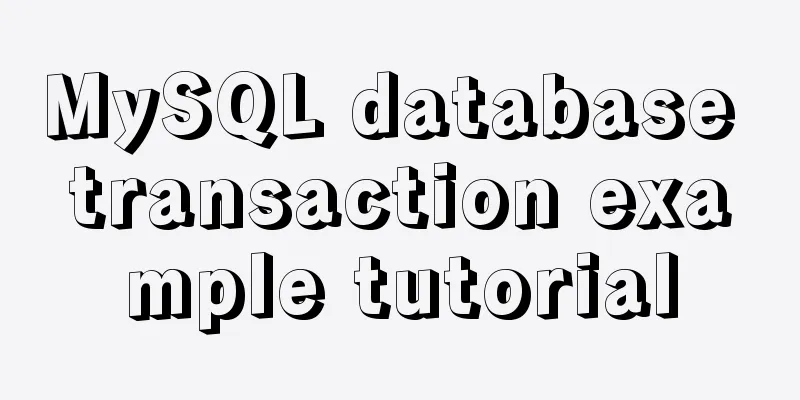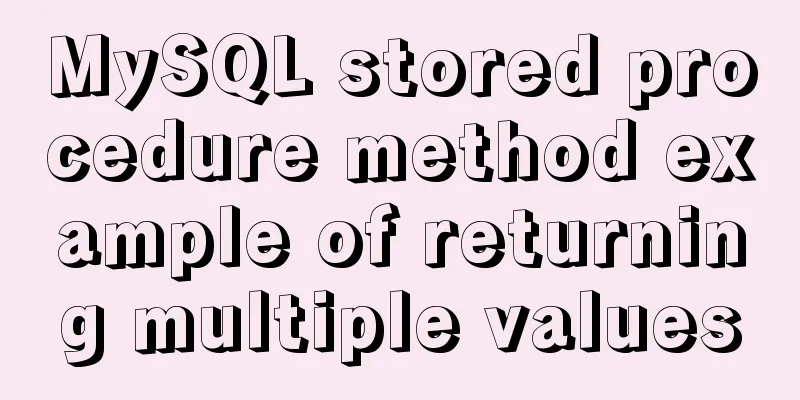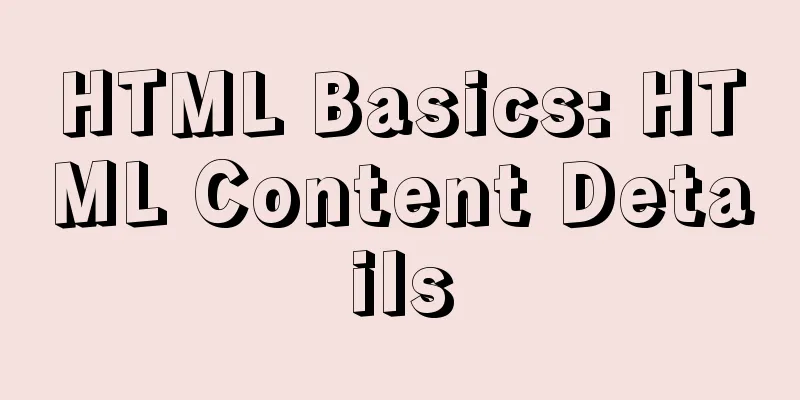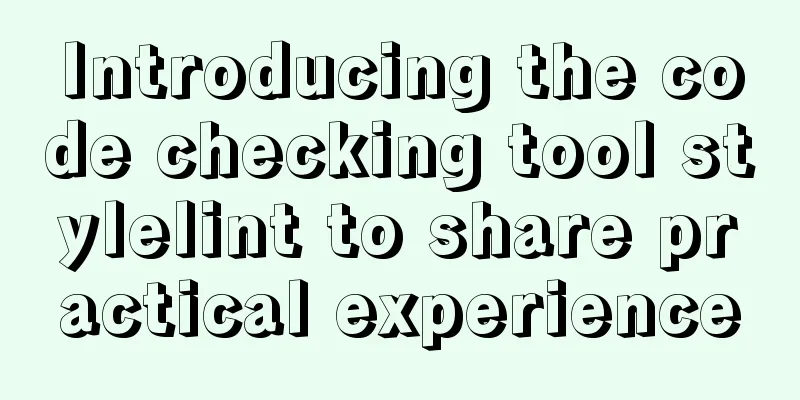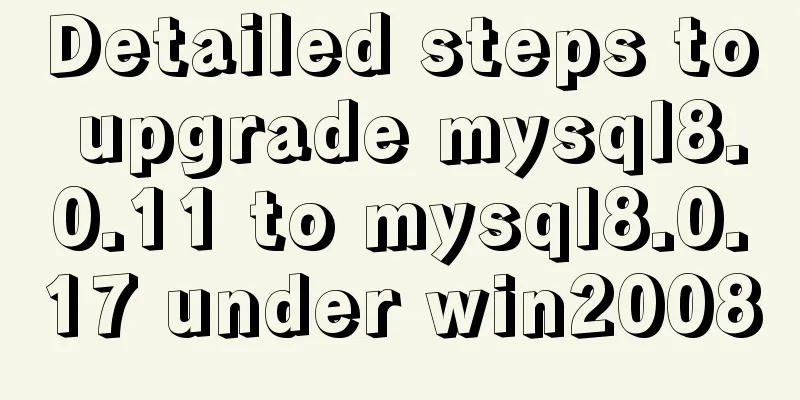Detailed comparison of Ember.js and Vue.js
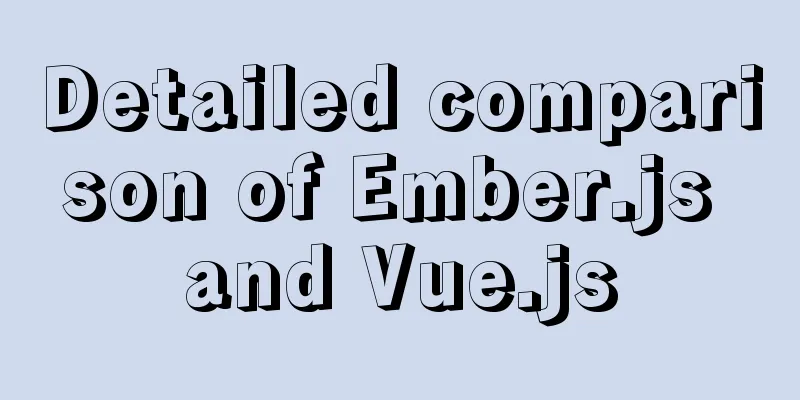
OverviewJavaScript was originally created for web applications. But with the development of front-end technology, most developers prefer to use JavaScript-based frameworks. It simplifies your code and enables you to do more full-stack work, and you can use JavaScript in almost any framework. The type of framework you use determines how easy it is to create an application. Therefore, you must choose carefully. In an already complex front-end environment, two frameworks stand out. In this article, we will compare Ember.js and Vue.js to help you make a better judgment.
Why choose a framework?Before we start comparing the two frameworks, we should first understand what are the deciding factors for choosing one over the other. Before every developer chooses a framework, let’s look at the reasons for the choice.
Vue.jsDevelopers are always looking for new frameworks to build their applications. The main requirements are high speed and low cost. This framework should be easy to understand by new developers and can be used at a lower cost. Other options to consider include simple coding methods, comprehensive help documentation, etc. In web application development, VUEJS combines many advantages in software language. The architecture of VUE.JS is easy to use. Applications developed using VUE.JS are easily integrated with new applications. VUE.JS is a very lightweight framework. You can download it quickly. It is also much faster than other frameworks. The single-file component nature of the framework is also great. This size makes it popular. At the same time you can further reduce its size. With Vue.js you can separate the template and the compiler into a virtual DOM. You can only deploy the compressed interpreter which is only 12 KB minified. You can compile the templates in your machine. Another great advantage of Vue.js is that it can be easily integrated with existing applications created using JavaScript. This framework makes it easy to make changes to already existing applications. Vue.js can also be easily integrated with other front-end libraries. You can plug in another library to make up for any deficiencies in this framework. This feature makes this tool a universal tool. Vue.js uses a server-side rendering streaming approach. It makes the server more responsive. Your users will quickly get the rendered content. Vue.js is great for SEO. Since the framework supports server-side rendering, the views are rendered directly on the server. This makes it easier for search engines to directly index the contents of these web pages. But the most important thing for you is that you can learn Vue.js easily. The structure is basic. Even new developers will find it easy to build applications using it. The framework helps in developing both large and small templates. It helps to save a lot of time. You can go back and check for errors easily. In addition to testing your components, you can also go back and inspect all states. This is another important feature as far as any developer is concerned. Vue.js also has very detailed documentation. It helps you get started developing applications quickly. You can build web pages or apps using basic knowledge of HTML or JavaScript.
Ember.jsEmber.js is a MVVM model framework. It is open source software. The platform is mainly used to create complex multi-page applications. It keeps the latest features and does not discard any old functionality. With this framework, you must strictly follow the architecture of the framework. JS frameworks are very tightly organized. So it reduces the flexibility that other frameworks might offer. Its platform and tools have very complete control systems. You can integrate it with the new version using the provided tools to avoid using the outdated API. You can easily learn about Ember's API. They are also very easy to work with. You can use highly complex functions simply and directly. Performance is better when similar jobs are processed together. It creates similar bindings and DOM updates and lets the browser handle them all at once, improving performance. This will avoid repeated calculations for each job, which would waste a lot of time. Because Promises are everywhere, you can write code and modules in a simple way that use any of Ember's APIs. Ember also has a great getting started guide. The above records how to use the API. Ember clarifies the general organization and structure of an application, so you won't make any mistakes. You will not be able to complicate the procedure unnecessarily. Ember's template language is Handlebar. Handlebar's concise syntax allows you to easily read and understand templates, and also makes page loading faster. Another advantage of using Handlebar is that you don't have to update the template every time you add or remove data from the page. The language itself will automatically do it for you. Finally, Ember.js has an active community that regularly updates the framework and thus promotes backward compatibility.
Ember.js vs Vue.jsWhen you need to migrate your existing application to a modern framework, Vue.js can help you. It combines many advantages of other frameworks. Vue.js is a framework oriented towards the development process, so it does not provide a ready-made interface element library. However, many third-party community libraries can help you. Ember.js provides you with a mature framework that you can trust. This framework is more suitable when your development team is large. Due to the MVVM structure, it enables everyone to contribute to the project. Vue.js helps you be compatible with different types of syntax in your application, it helps in writing code easily, and it is also an SEO-friendly framework due to the backend rendering. Whereas Ember is a fully loaded front-end framework that helps you develop applications very quickly. But it is not suitable for developing small projects. It's hard to say who has the advantage over whom. Which framework you choose will depend on what type of project you are actually involved in. Both have their pros and cons, so I put together a table that might help you make a better comparison:
SummarizeWhat you choose depends on the application you want to develop. Both frameworks are under development. Both are also being updated. Although Ember is a full-stack framework, it is too complex to be used in smaller projects. Vue.js, with its lightweight size and easy-to-use features, makes application development extremely efficient, and has won the favor of developers in many industries. That’s it for the detailed comparison between Ember.js and Vue.js. For more information on the comparison between Ember.js and Vue.js, please pay attention to other related articles on 123WORDPRESS.COM! You may also be interested in:
|
<<: Detailed steps for porting busybox to build a minimal root file system
>>: The correct way to use MySQL indexes and detailed explanation of index principles
Recommend
How to use Docker-compose to deploy Django applications offline
Table of contents Install Docker-ce for the devel...
Implementation of nginx multiple locations forwarding any request or accessing static resource files
This article mainly introduces the implementation...
How to change the database data storage directory in MySQL
Preface The default database file of the MySQL da...
New interactive experience of online advertising in website production (graphic tutorial)
As the Internet era becomes more mature, the deve...
Vue+ssh framework to realize online chat
This article shares the specific code of Vue+ssh ...
A brief analysis and sharing of the advantages and disadvantages of three tree structure table designs in MYSQL
Table of contents Introduction question Design 1:...
Sliding menu implemented with CSS3
Result:Implementation code: <!DOCTYPE html>...
Detailed process of SpringBoot integrating Docker
Table of contents 1. Demo Project 1.1 Interface P...
MySQL cross-table query and cross-table update
Friends who have some basic knowledge of SQL must...
Style trigger effect of web page input box
<br />This example mainly studies two parame...
Summarize some general principles of web design and production
<br />Related articles: 9 practical suggesti...
Special effects of Bootstrap 3.0 study notes (display and hide, eliminate floating, close button, etc.)
The main contents of this article are as follows:...
Detailed explanation of data type issues in JS array index detection
When I was writing a WeChat applet project, there...
How to analyze MySQL query performance
Table of contents Slow query basics: optimizing d...
Modification of the default source sources.list file of ubuntu20.04 LTS system
If you accidentally modify the source.list conten...



